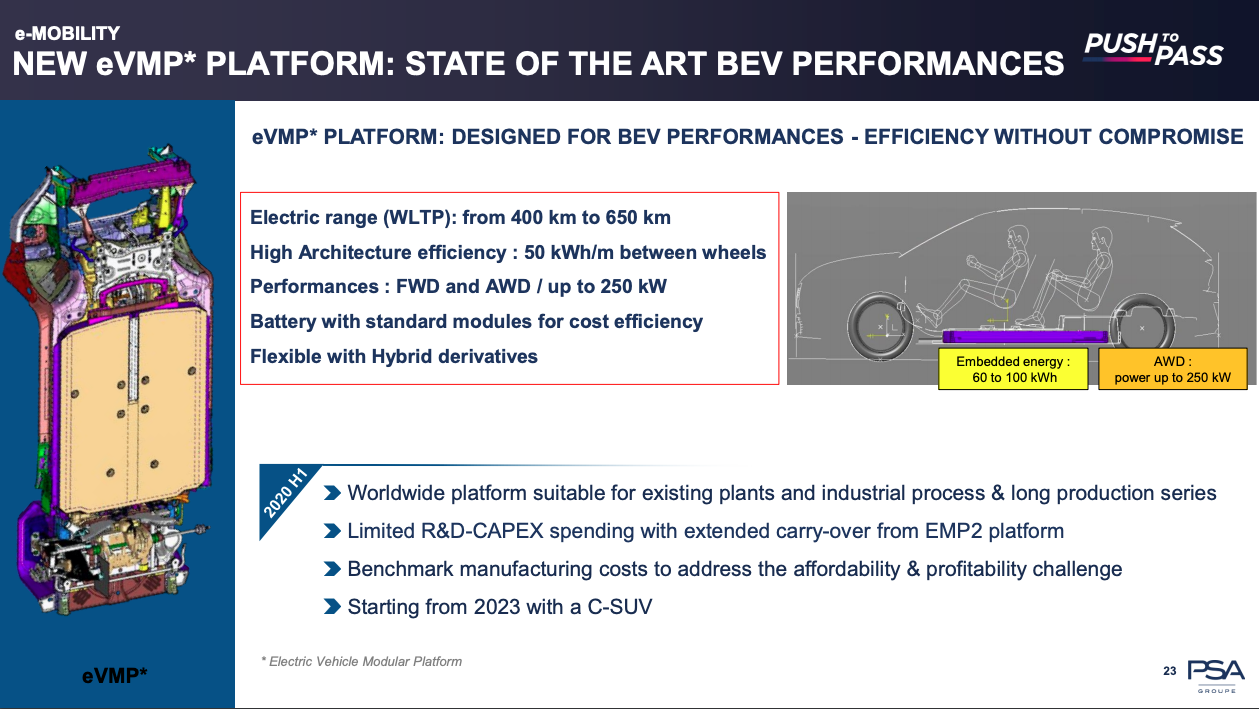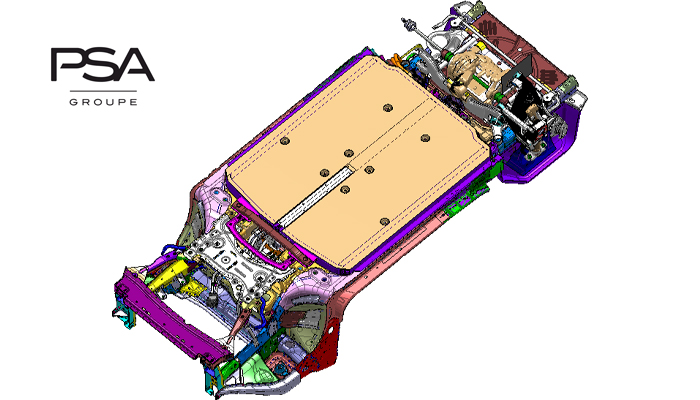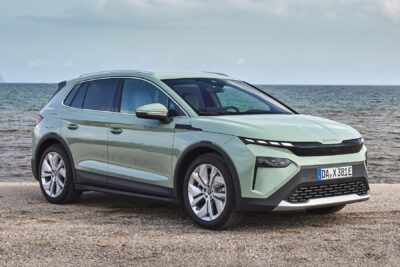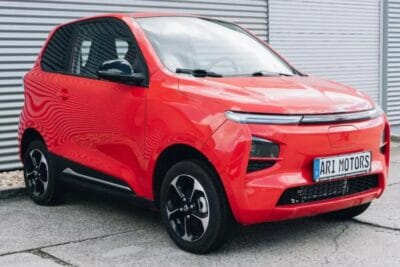PSA Group announces eVMP electric platform for 2023
The French car group PSA has announced a purely-electric car platform when the Group presented its half-yearly figures. PSA is deviating from the previous multi-energy strategy with the special e-platform called the Electric Vehicle Modular Platform (eVMP).
PSA has designed the eVMP for front-wheel and four-wheel drives with up to 250 kW, and to enable the integration of battery packs with 60 to 100 kWh capacity for WLTP ranges of 400 to 650 kilometres. The platform will be used for the first time in 2023 with a C-SUV, probably in the new Peugeot 3008.
Batteries for the eVMP platform are to be made in standardised modules so they can be adapted to suit the vehicle and available installation space as well as reducing costs. The platform will offer ranges of up to 650 km (WLTP cycle) and a storage capacity of 50 kWh per meter available within the wheelbase. The maximum possible capacity, therefore, depends on the size of the vehicle’s wheelbase.
Until now, PSA has produced its electrified models exclusively on the basis of the e-CMP for smaller vehicles and EMP2 (C and D segment) combustion engine platforms. Since all vehicles can be produced on a single line, regardless of the type of drive, PSA boss Carlos Tavares was confident that this will provide the greatest possible flexibility in the drive mix at the lowest possible cost.

The announcement of the eVMP marks what appears to be a change of strategy, albeit a small one: many components will be taken over from the EMP2, PSA itself speaks of “limited investment in research and development”. Because of its similarity to the EMP2, the eVMP should also be suitable for existing plants and be easy to integrate into production. The Group’s managers in Paris obviously want to take advantage of a platform designed specifically for the requirements of electric cars, while avoiding the kind of major plant conversions that Volkswagen has undertaken in Zwickau, Germany.
It remains to be seen to what extent the eVMP is tailored to electric cars. Not so much because of its relationship to EMP2, but rather because the Group is saying that the platform should also allow hybrid configurations. When announcing the half-yearly figures Tavares apparently said “On the basis of this state-of-the-art electrical platform, hybrid derivatives can be offered in certain markets to provide a high-performance solution adapted to any mobility need worldwide,” which may indicate that plans for Europe are focused on BEVs.
During the Group’s half-yearly financial report, Tavares also talked about Stellantis – the name given for the fusion of PSA Group and Fiat-Chrysler. He emphasised strong synergy possibilities among the 14 stars, referring to the 14 brands included in the deal, which indicates the brands will be sharing components and platforms. If this all goes ahead as planned, we can expect to see future Dodges, Chryslers, and Jeeps using the eVMP and eCMP architectures as soon as Stellantis gets given the go-ahead all round. The merger began at the end of last year and is still subject to approval by competition authorities, which should be completed in 6 to 9 months. When this is complete, the fusion of PSA and Fiat-Chrysler into Stellantis will create the fourth-largest global automaker in terms of sales and the third largest in terms of revenue.
Significantly for all the brands in the Group and the ongoing merger, PSA will also be revising the existing eCMP that Tavares described as “totally smart eCMP”. The revised platform will be available from 2025, but most notably, PSA says they will be “gradually” switching from two multi-energy platforms, to two “100 per cent electrified platforms” by 2025 – which would also mean that one of the largest carmakers in the world will not produce purely combustion engines from 2025 onwards.
insideevs.com, groupe-psa.com (press release), groupe-psa.com (presentation as pdf, pp. 23)





0 Comments